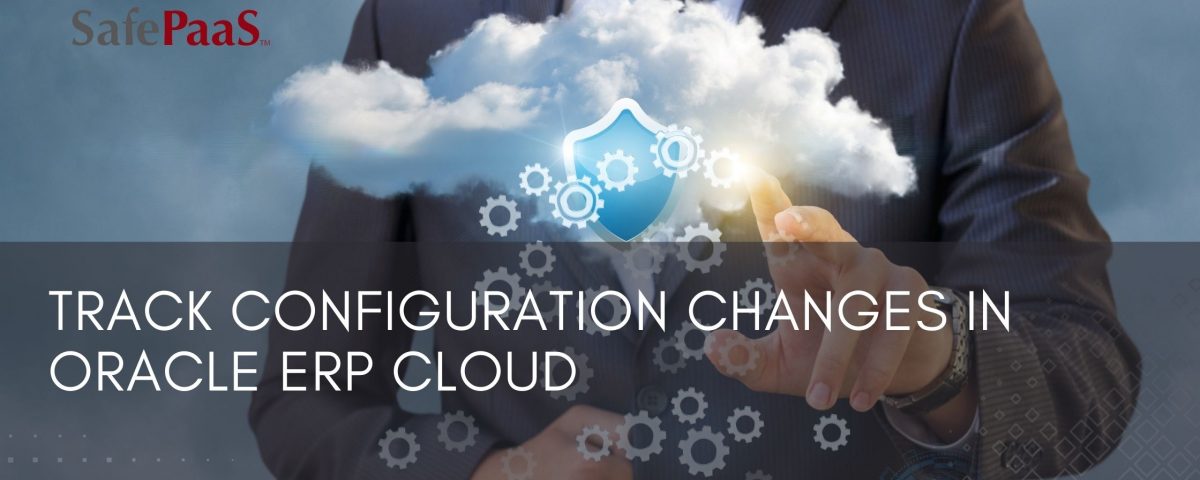Track Configuration Changes in Oracle ERP Cloud


Track Configuration Changes in Oracle ERP Cloud
Oracle ERP Cloud customers face a number of challenges when it comes to maintaining audit policies. The challenges with audit policies in the cloud include the following:
- Lack of Control over Audit Policies – Privileged users can change the audit level. Some audit levels cannot be reset once changed.
- Data Fragmentation – Requires custom reports to view complete changes to business objects such as suppliers, security roles, and journal categories.
- Limited Visibility – Missing audit policies and analytics to track changes over a financial period across all audit objects.
- Manual Control – Evidence of control active – response to changes, reconciliation with ITSM to ensure control evidence is offline/manual.
SafePaaS allows customers to:
- Tracking changes in base tables, as well as audit policies, improves the completeness of control evidence.
- Select, extend or create business objects in SafePaaS to monitor changes across related entities in the Cloud.
- Closed-loop workflow ensures accurate and timely evidence of control incidents is available for audit.
- Fast track controls deployments with auto-generated BI reports directly into ERP – no BI/coding skills required.
- Controls evidence is tamper-proof and securely “vaulted” outside the ERP.
For more information, please contact us or schedule a demo
Recommended Reading

Reduce Cloud ERP Risks with application monitoring
ERP Configuration Monitoring helps you to mitigate financial and operational risks by ensuring the accuracy and consistency of application configurations required for processing business transactions within your ERP system. You can monitor the accuracy of system configuration by benchmarking the setups against the Controls Catalog, which contains thousands of critical configuration descriptions and recommended options.

MonitorPaaS™
MonitorPaaS™ enforces a granular level of risk mitigation to targeted users and events by invoking approvals and notifications when key risk fields are modified. Examples include requiring approvals and reasons for changes to customer limits, and preventing posting of GL Entries into a closed period without approval from the Controller.

